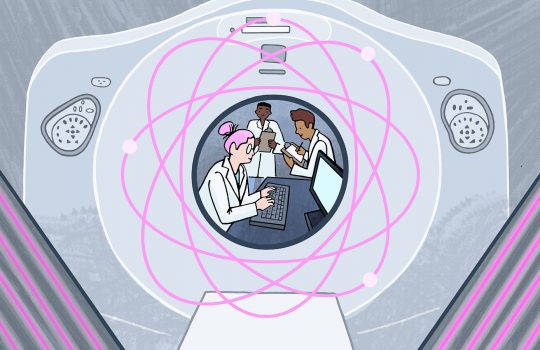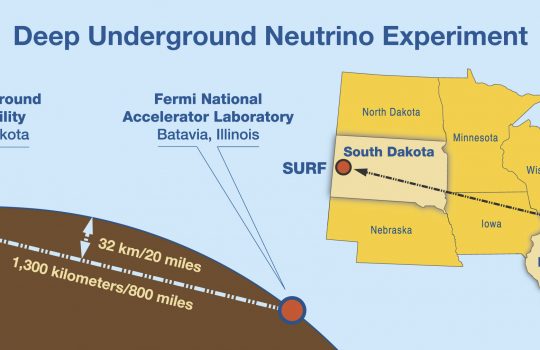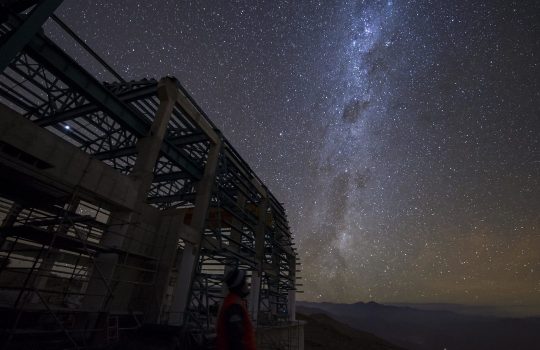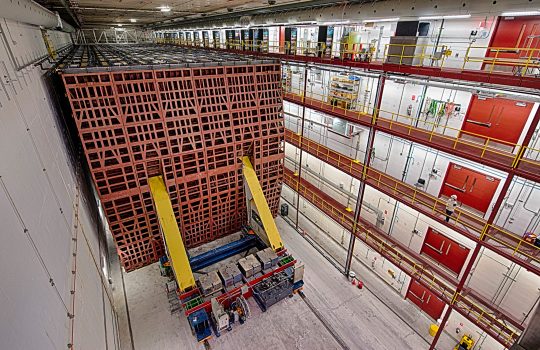Physicists revive hunt for dark matter in the heart of the Milky Way
From Science, Nov. 12, 2019: Three years ago, a team of particle astrophysicists appeared to nix the idea that a faint glow of gamma rays in the heart of our Milky Way galaxy could be emanating from dark matter. But the conclusion that the gamma rays come instead from more ordinary sources may have been too hasty, the team reports in a new study. So the dark matter hypothesis may be alive and well after all. Fermilab scientist Dan Hooper is quoted in this article.






